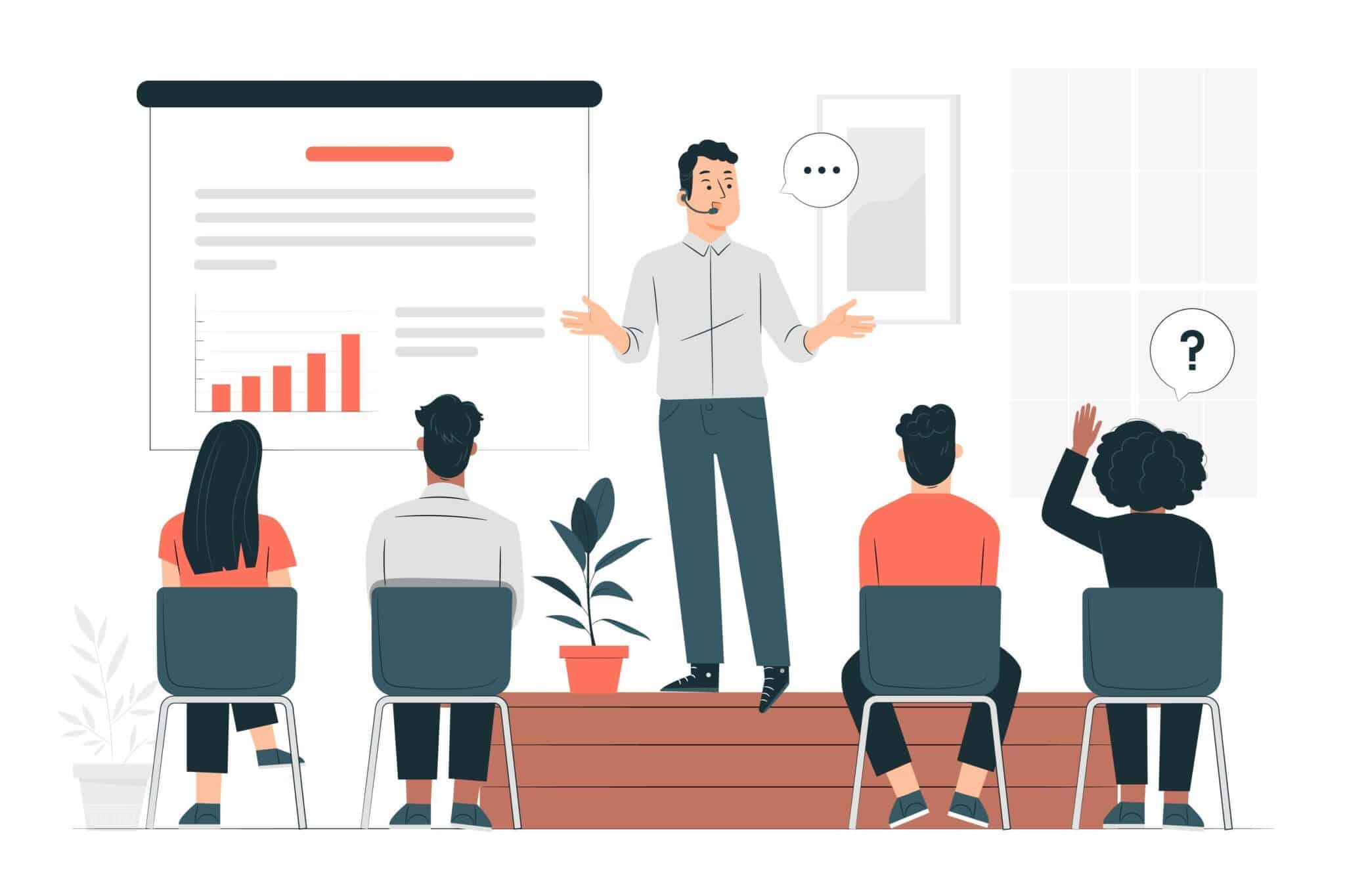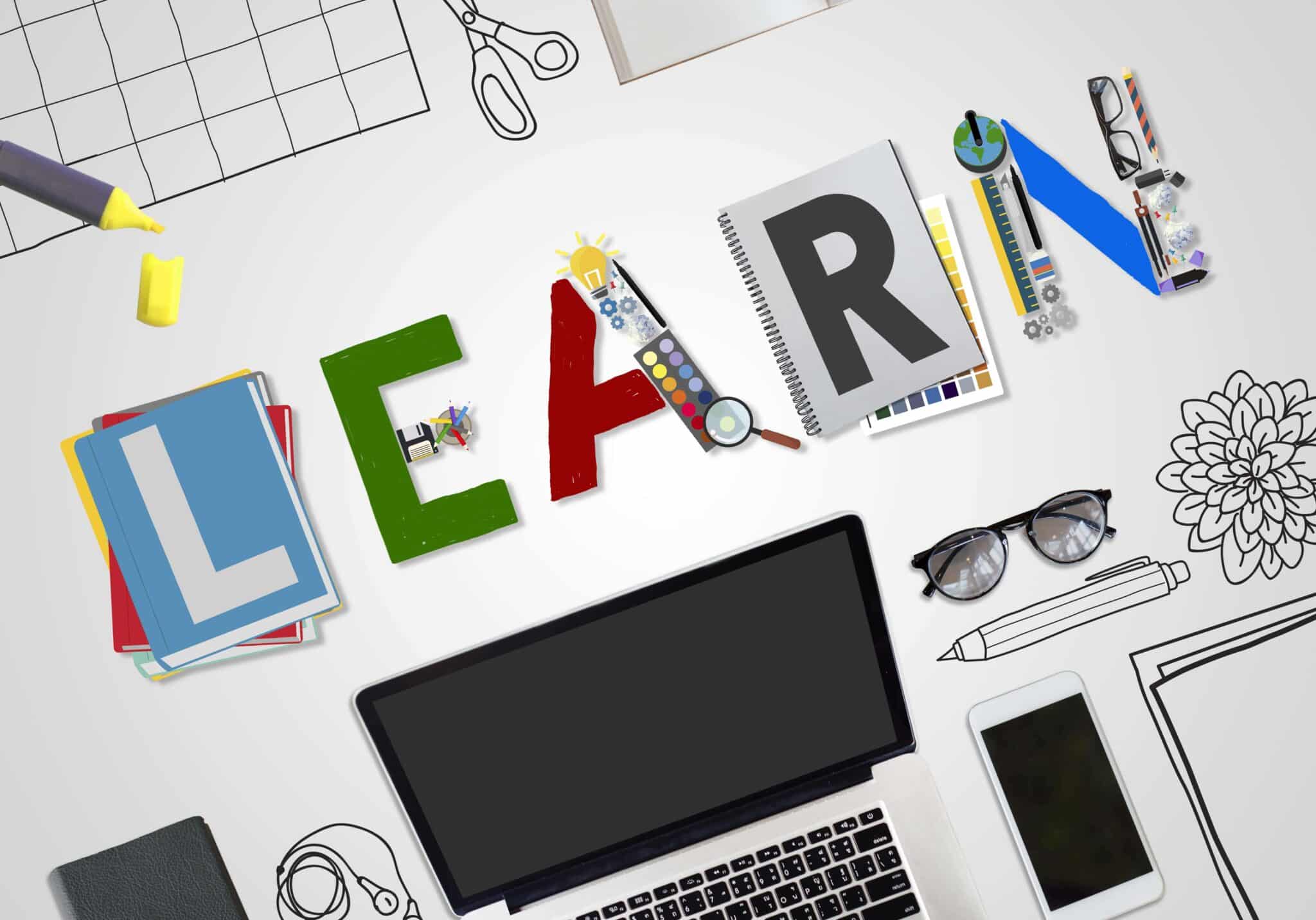Have you ever stood in front of a class full of young students and asked yourself, “Will they be ready for the real world?”
I have. Many times.
And every time, I realize the same thing. What they often lack is not knowledge from textbooks. It is hands-on experience. It is the skill of applying what they know in fast-paced, real-world situations. That is where online business simulations can be game changers.
I have seen the impact of these simulations up close. They offer students a rare opportunity to think, act, and reflect in a simulated yet realistic business setting. Unlike traditional lectures, they are dynamic, engaging, and rich in practical learning.
In this blog, I am sharing five practical ways you can use online business simulations to help students build real skills and increase their employability. Whether you are a learning facilitator, professor, or corporate trainer, this is one area where small steps can lead to lasting impact.
1. Bring the Business World into the Classroom
Table of Contents
Online business simulations are like flight simulators for aspiring professionals. They offer a safe space to practice decision-making before stepping into a real job.
When students participate in simulations such as Build Your Business – Business Acumen Simulation, they experience what it feels like to run a company. They decide pricing, forecast revenue, manage inventory, and negotiate trade-offs. They see what happens when a risky decision backfires or when a calculated move brings results.
This exposure makes them more prepared for the uncertainties of real-world work. It helps them develop a business mindset. And more importantly, it builds confidence.
2. Help Them Learn from Failure and Feedback
One of the most powerful learning tools I have found is failure. And simulations allow students to fail safely.
Programs like Grand Prix – Critical Thinking Simulation let students experiment with strategies. Some may work. Others may not. What matters is that they can reflect on what went wrong and why.
That real-time feedback helps them become more self-aware. They do not just memorize theories. They learn how to apply them. And when their choices produce results, good or bad, they internalize those lessons much more deeply.
This is the kind of learning that sticks. It builds resilience, something every employer values.
3. Build Collaboration and Leadership Skills
When we talk about employability, technical knowledge is only one part of the equation. What really sets a candidate apart is how well they can work with others.
Many simulations are team-based. Students have to collaborate, divide responsibilities, and sometimes navigate conflicts. They learn how to manage group dynamics, speak up, and listen actively.
The iLead – Situational Leadership Simulation is one great example. It lets participants explore leadership styles in different situations. They learn when to delegate, when to coach, and how to adapt their approach based on the team’s needs.
These lessons are hard to teach through lectures alone. But in a simulation, they are experienced and remembered.
4. Create a Learning Loop That Builds Confidence
The best learning happens when students reflect on what they just did. That is why the debrief stage in simulations is so important.
After each simulation round, encourage students to talk about their thought process. Ask what worked, what did not, and what they might do differently next time. This reflection builds self-awareness and improves decision-making.
In one session I facilitated, a team reduced their marketing budget to boost profits. It seemed logical. But sales crashed. The team quickly realized the long-term value of brand investment. That one mistake taught them more than a week of theory could have.
Real insight. Immediate feedback. These are powerful motivators for growth.
5. Personalize the Experience for Every Learner
One thing I love about online simulations is how flexible they are. Whether you have students who are analytical, hands-on, or visual learners, simulations meet them where they are.
They adapt in real time to student choices. That keeps engagement high. No two learners have the same experience, and yet all of them walk away with valuable insights.
For institutions or companies looking to scale employability programs, simulations offer great flexibility. You do not need a full classroom. You just need internet access, a facilitator, and a group willing to learn.
For those managing early career talent, the Campus to Corporate program is a strong example of how simulations can be embedded into structured onboarding journeys.
Bonus Tip: Connect Simulations to Career Conversations
Don’t let the simulation be the end of the story.
Use the insights gained to help students tell better stories about themselves. Encourage them to document how they made decisions, how they handled challenges, and how they adapted under pressure.
These examples become great material for interviews, resumes, and cover letters. More than that, they become moments that students can draw on for confidence when stepping into the real world.
The Takeaway: Simulations Make Learning Real
In a world that is moving fast, employers are not just hiring degrees. They are hiring people who can solve problems, think critically, and collaborate well.
Online business simulations prepare students for exactly that. They offer more than academic learning. They offer professional readiness.
And as someone who has worked with both students and organizations, I can tell you that bridging that gap makes a real difference. For the student. For the recruiter. And for the workplace at large.
So next time you are planning a training session, curriculum, or onboarding journey, ask yourself: what if the best classroom is a business simulation?










